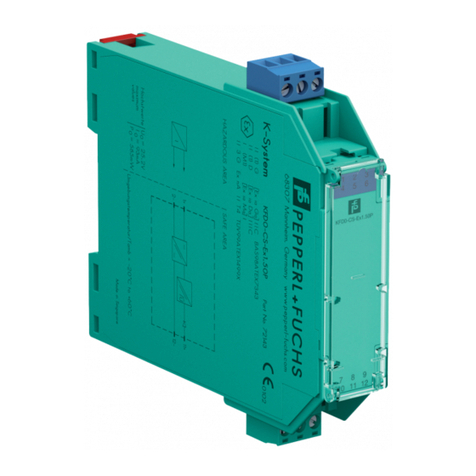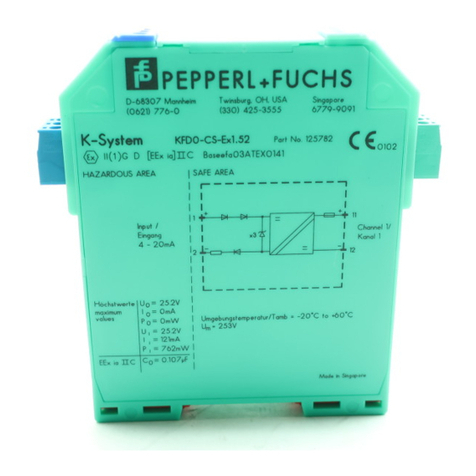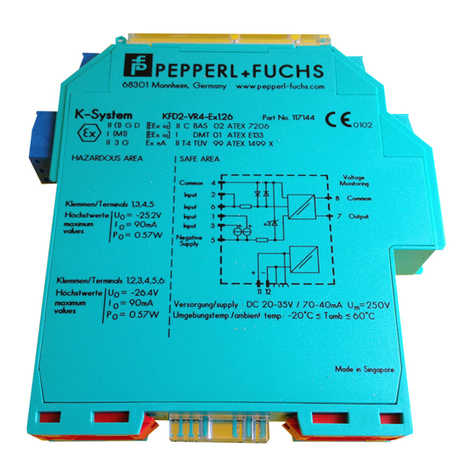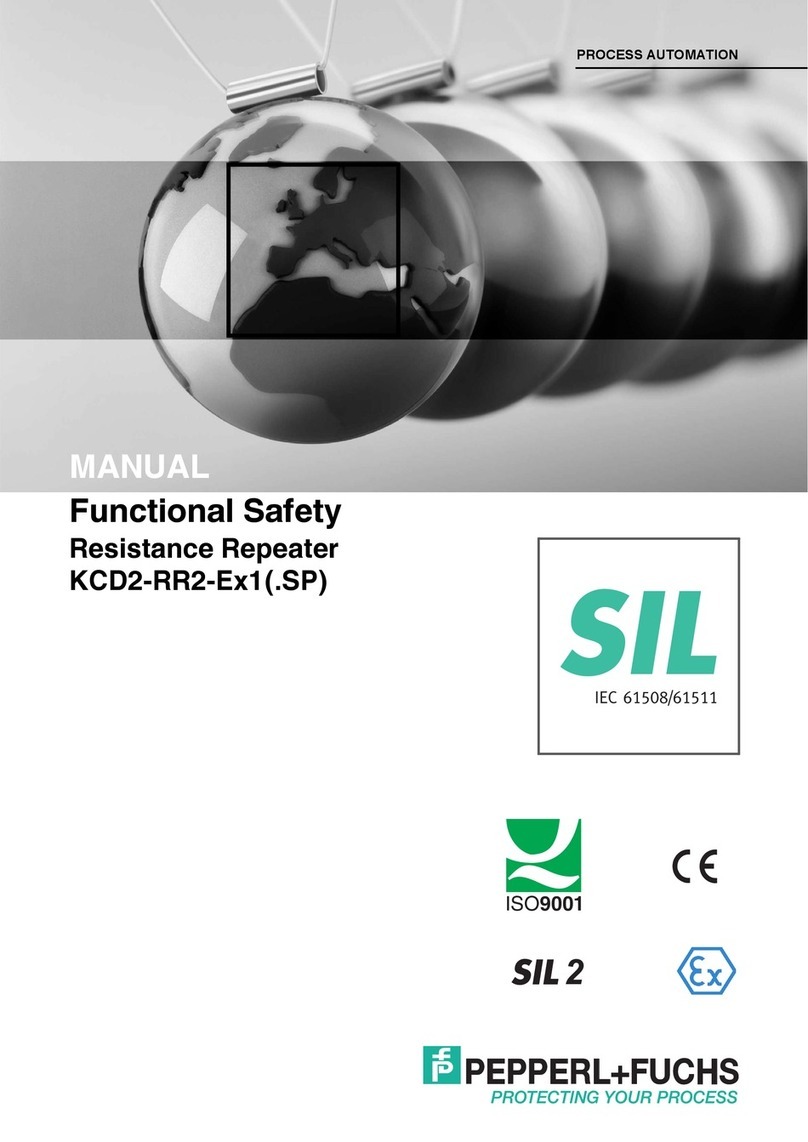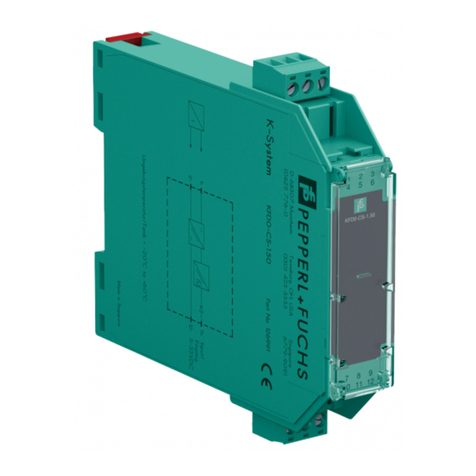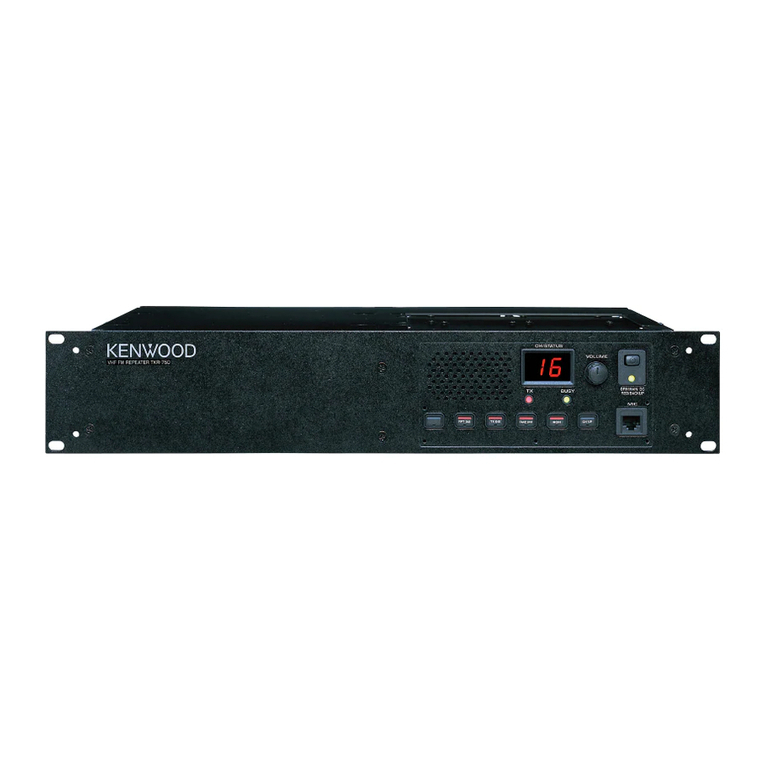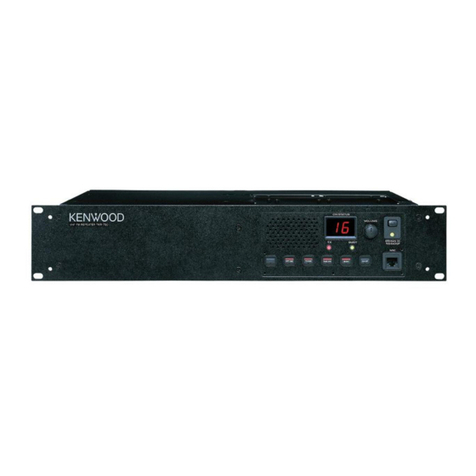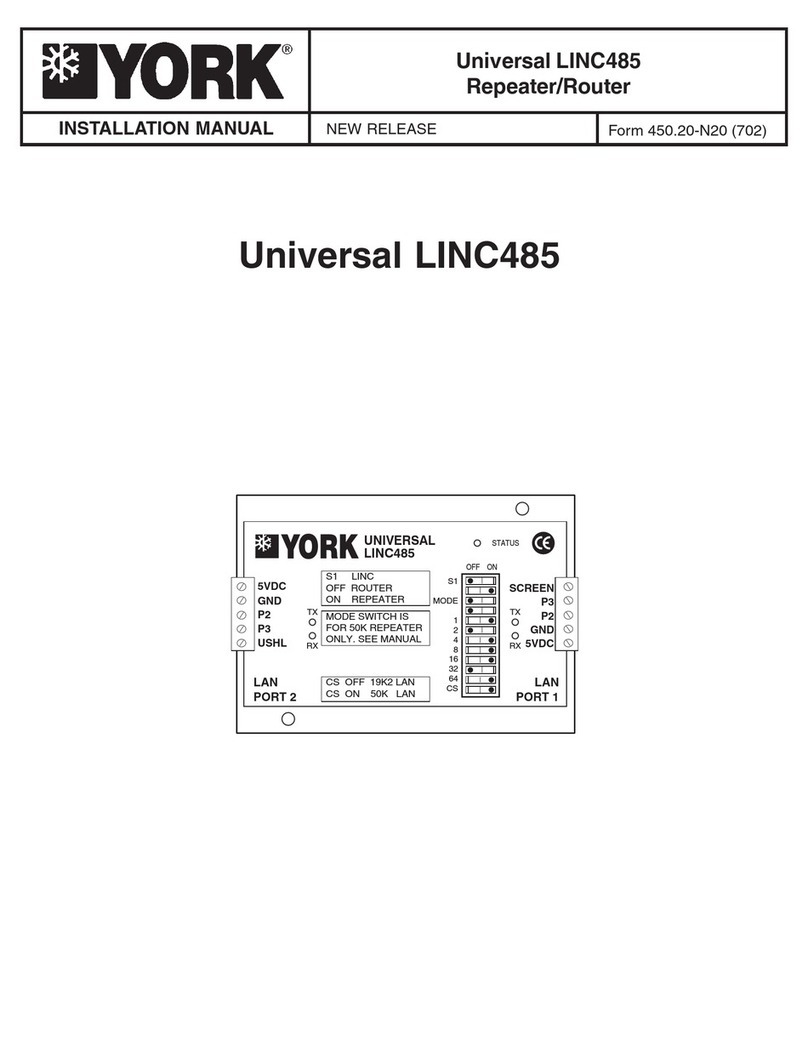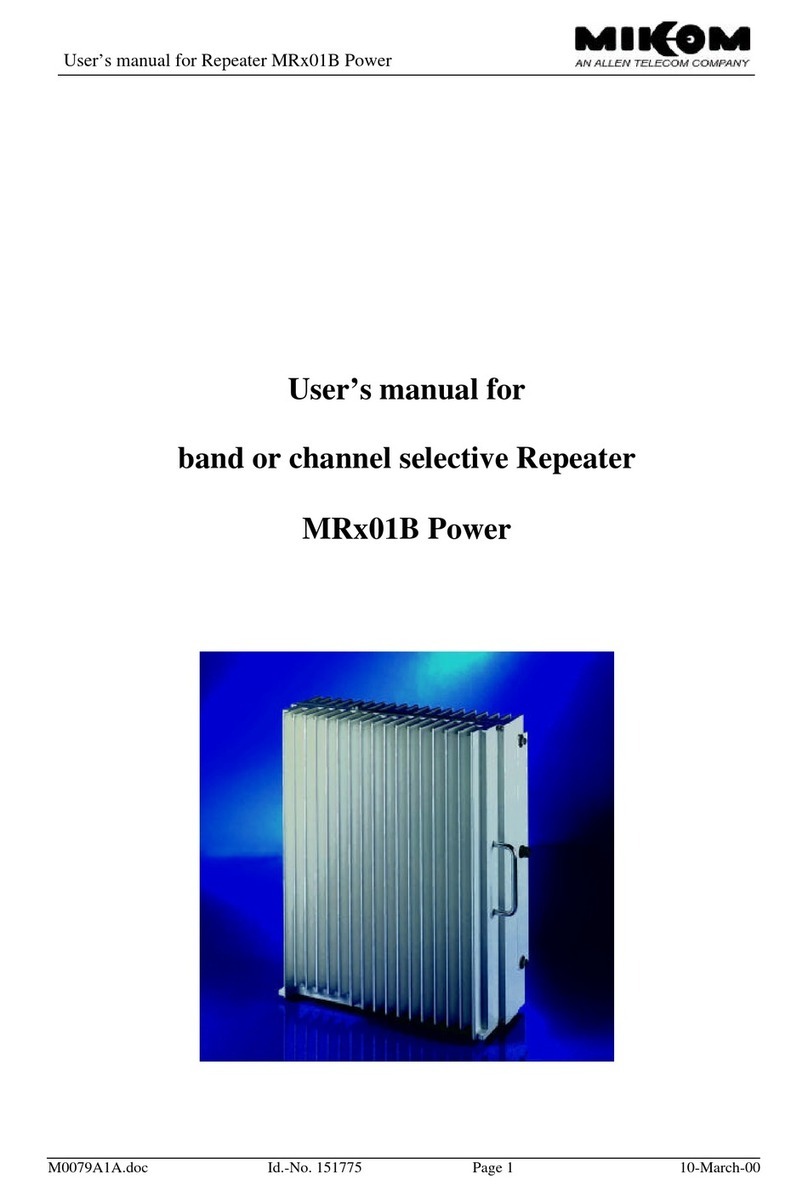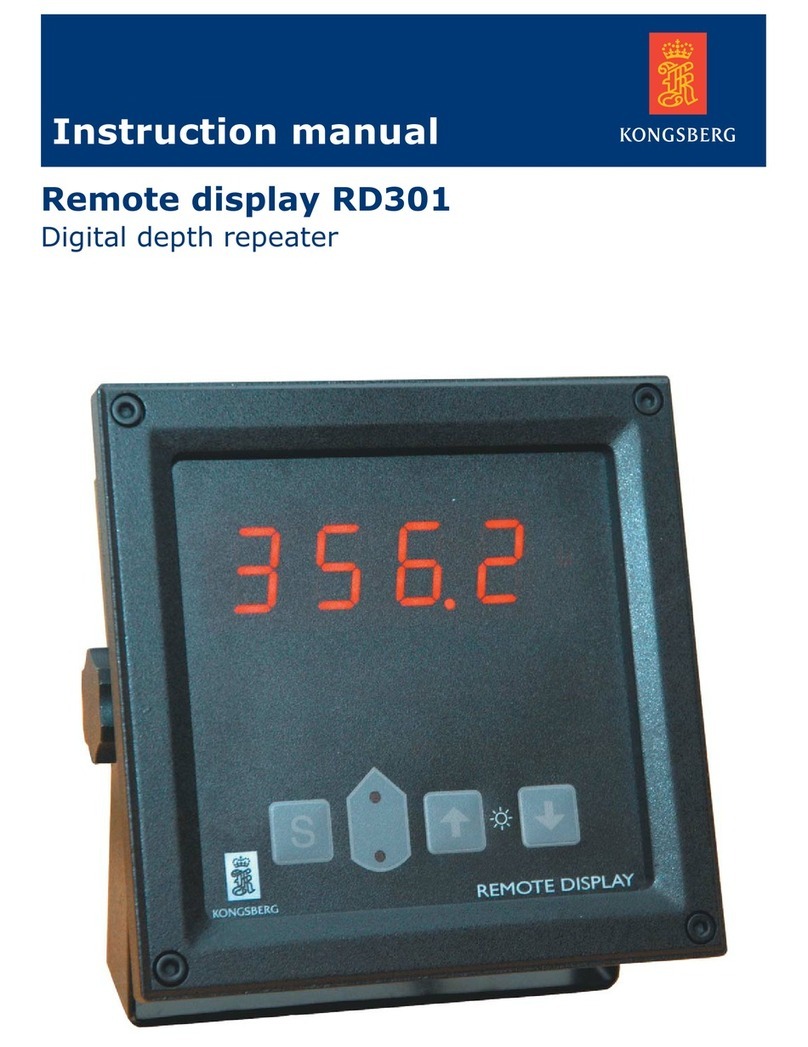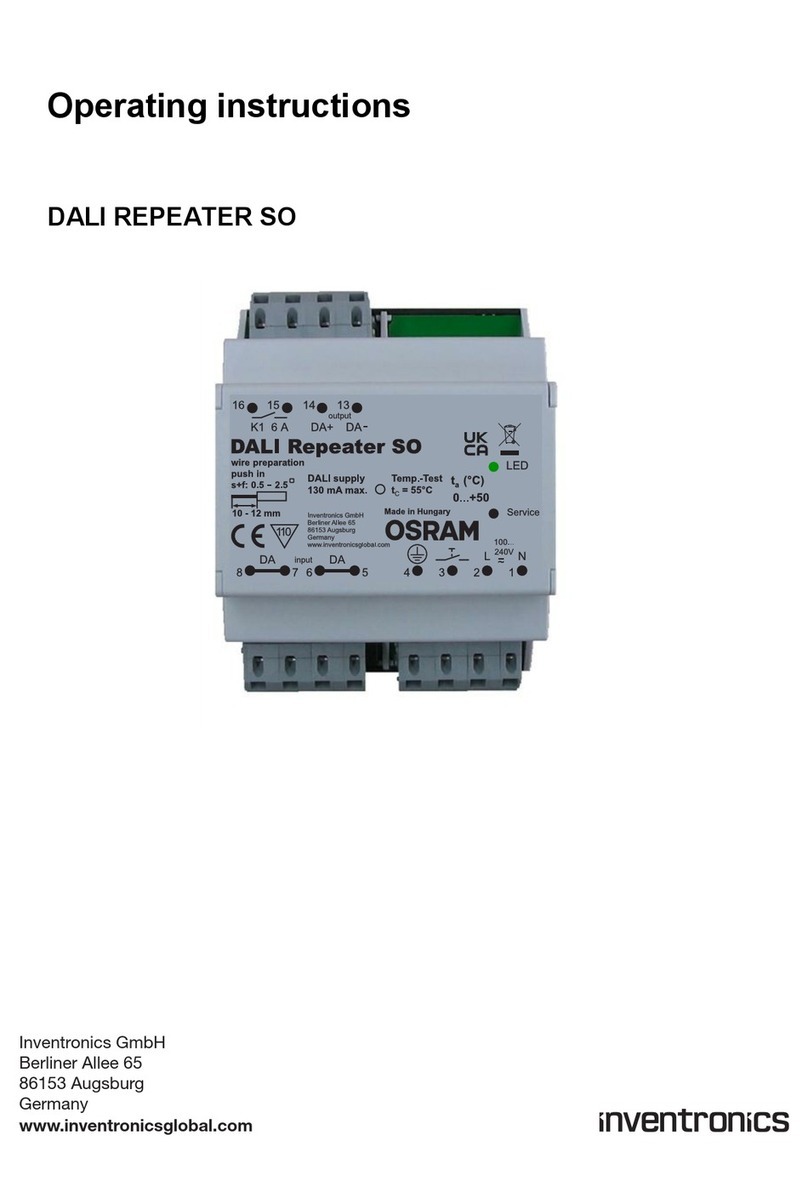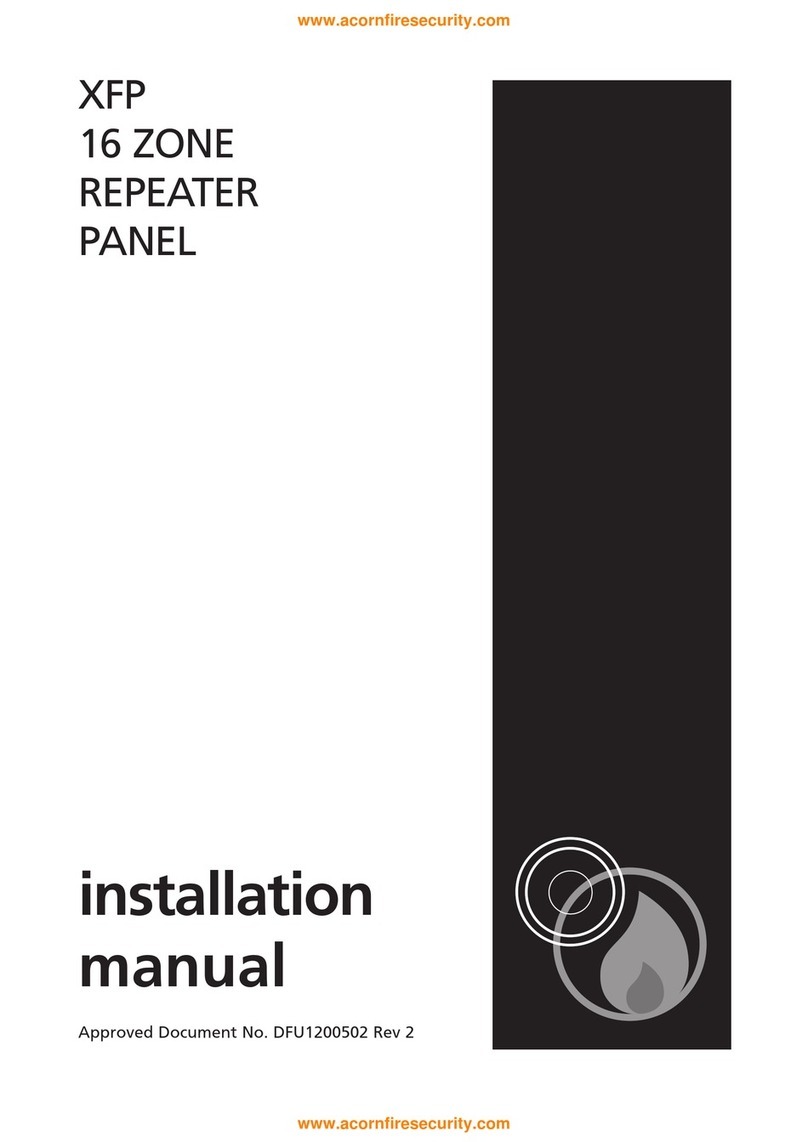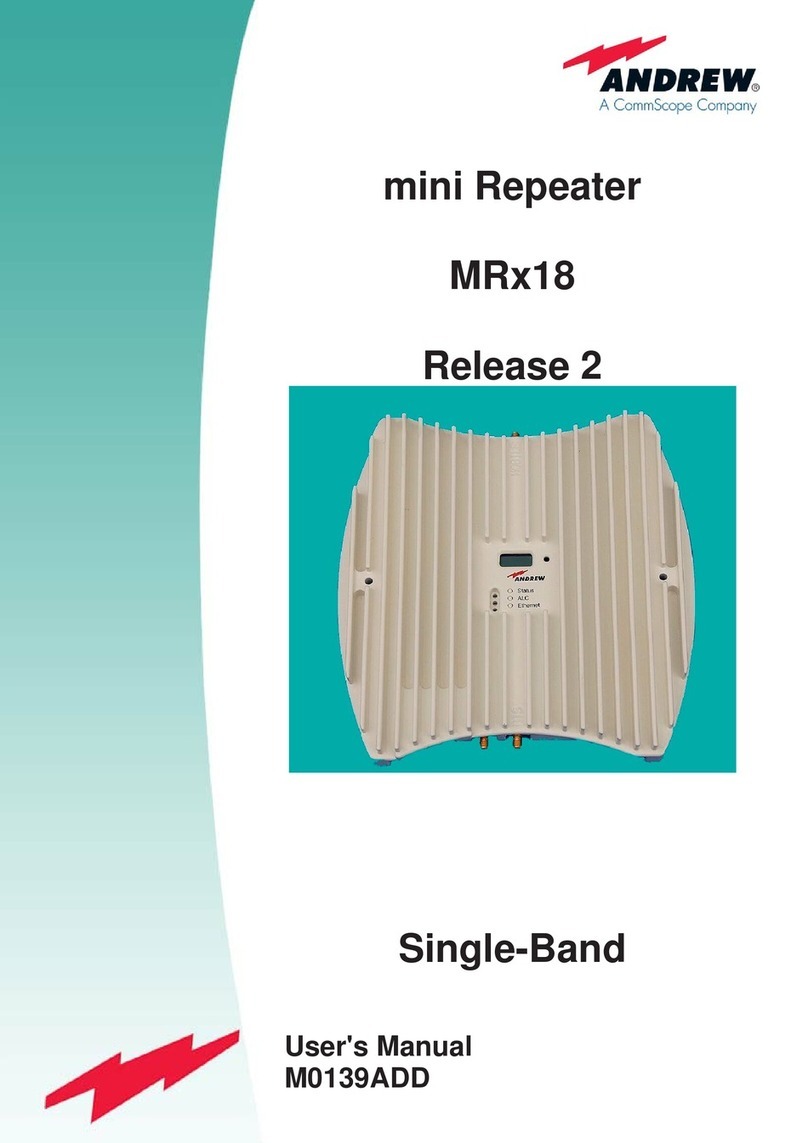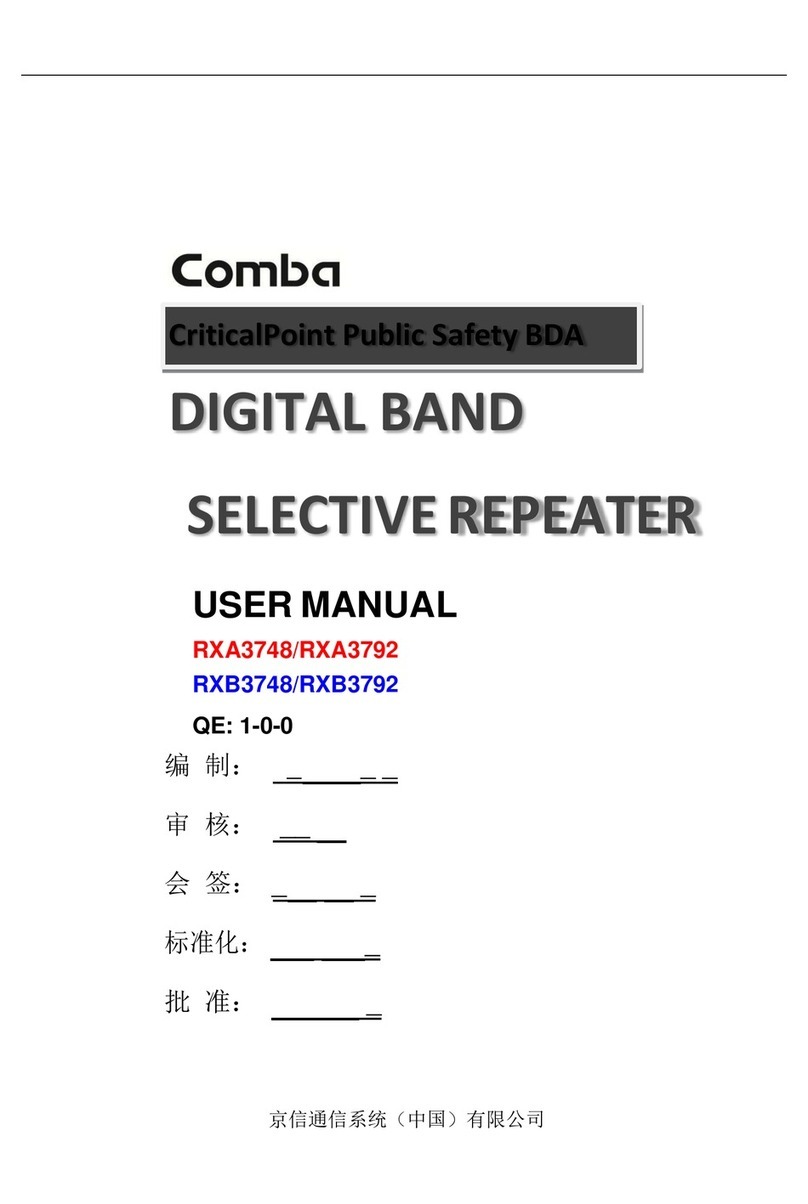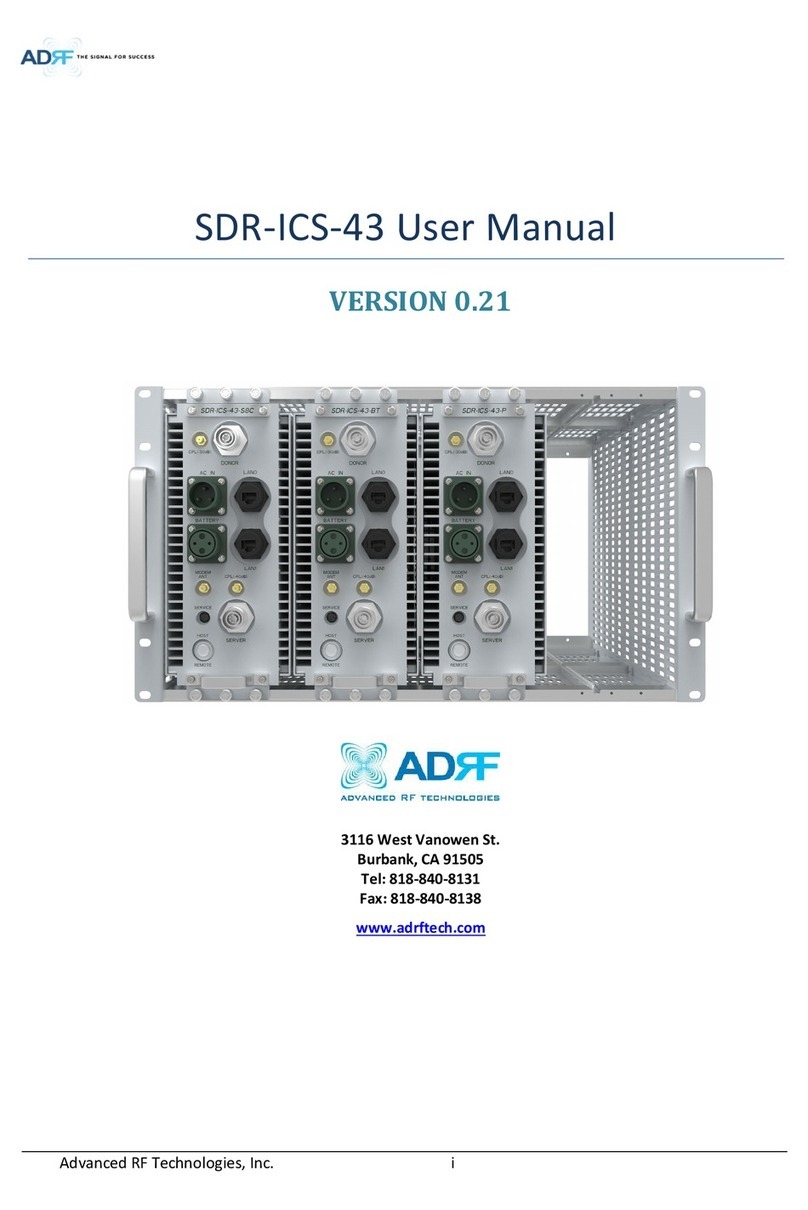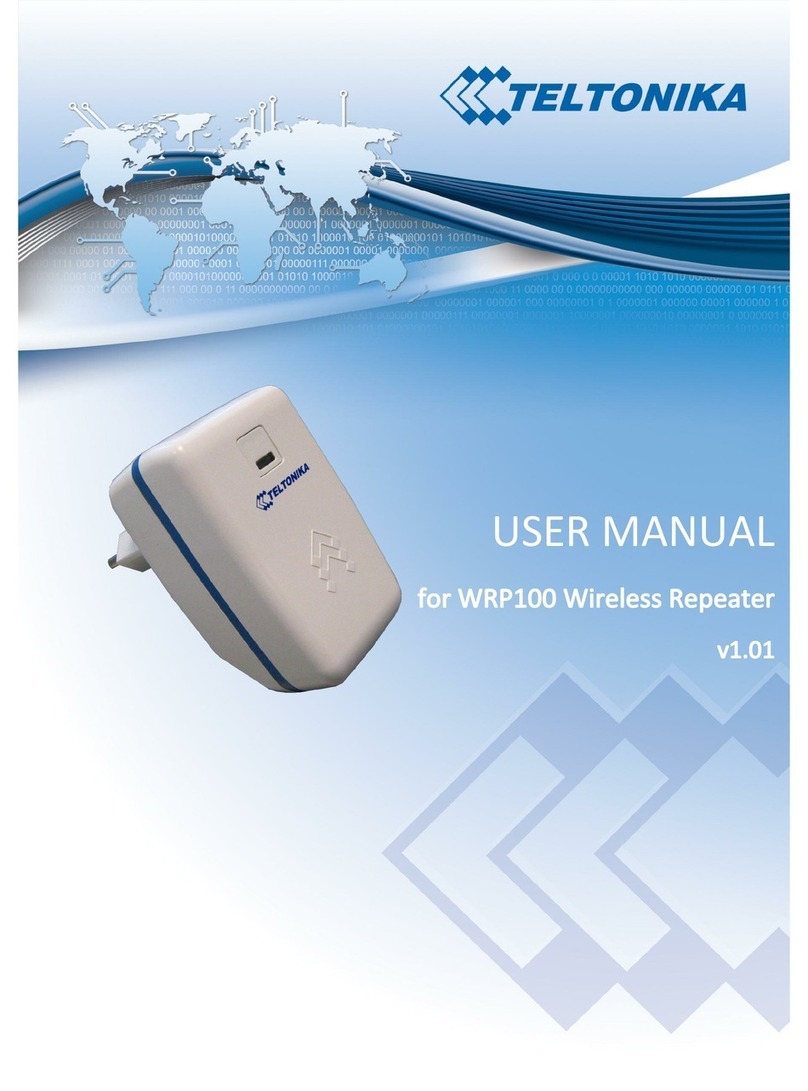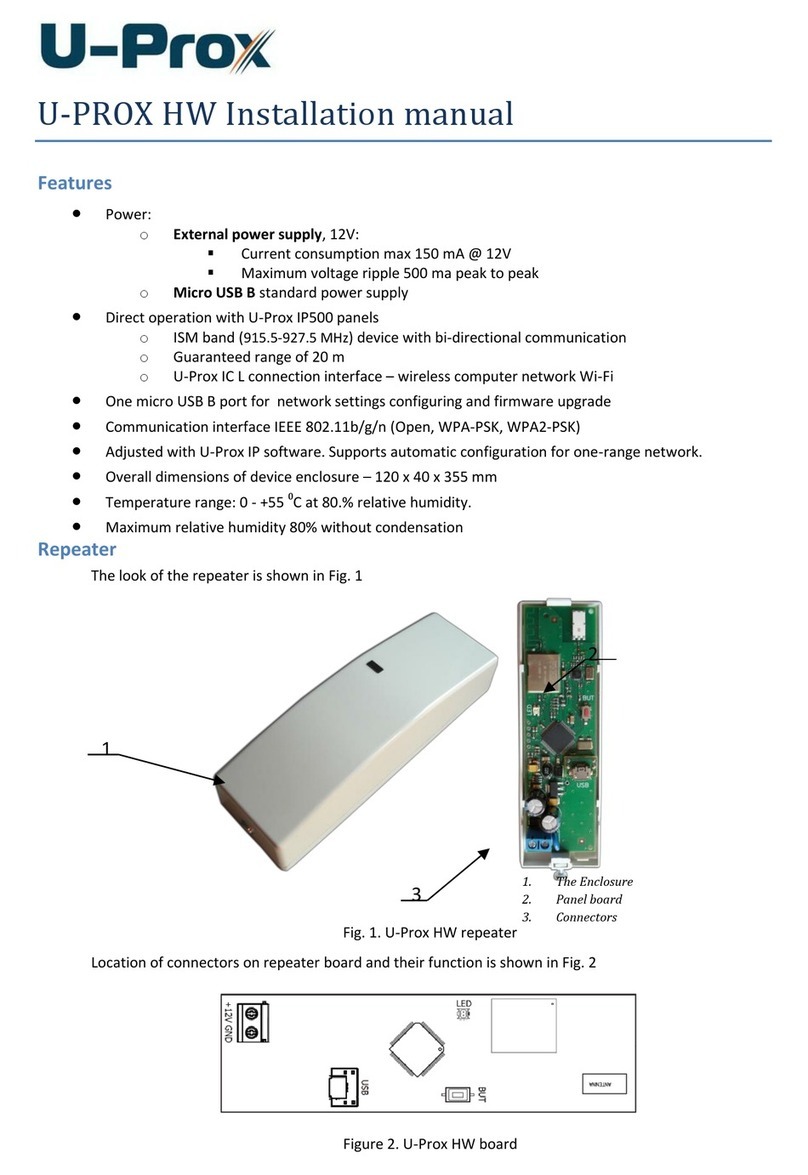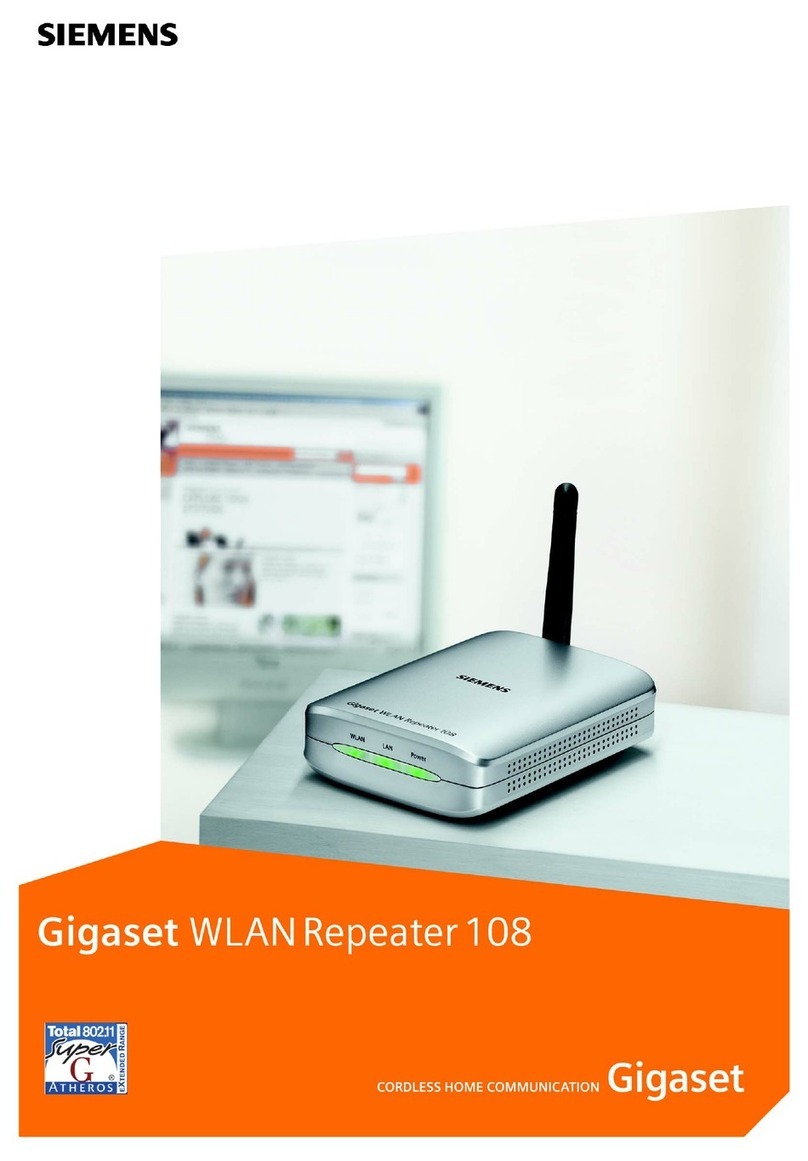
2016-06
10
Functional Safety HiD2035, HiD2036
Planning
3.2 Assumptions
The following assumptions have been made during the FMEDA:
• The device shall claim less than 10 % of the total failure budget for a
SIL 2 safety loop.
• For a SIL 2 application operating in low demand mode the total PFDavg value
of the SIF (Safety Instrumented Function) should be smaller than 10-2, hence
the maximum allowable PFDavg value would then be 10-3.
• For a SIL 2 application operating in high demand mode the total PFH value of
the SIF should be smaller than 10-6 per hour, hence the maximum allowable
PFH value would then be 10-7 per hour.
• Failure rate based on the Siemens standard SN29500.
• Failure rates are constant, wear is not considered.
• External power supply failure rates are not included.
• The safety-related device is considered to be of type Adevice with a hardware
fault tolerance of 0.
• Since the safety loop has a hardware fault tolerance of 0and it is a
type Adevice, the SFF must be > 60 % according to table 2 of
IEC/EN 61508-2 for a SIL 2 (sub) system.
• The device will be used under average industrial ambient conditions, which
are comparable with the classification "stationary mounted" in
MIL-HDBK-217F. Alternatively, the following ambient conditions are assumed:
• IEC/EN 60654-1 Class C (sheltered location) with temperature limits in the
range of the manufacturer's specifications and an average temperature of
40 ºC over a long period. The humidity level is within manufacturer's rating.
For a higher average temperature of 60 ºC, the failure rates must be
multiplied by a factor of 2.5 based on experience. A similar factor must be
used if frequent temperature fluctuations are expected.
• The application program in the programmable logic controller (PLC) is
configured to detect underrange and overrange failures.
• The devices are not protected against power supply failures. It is within the
responsibility of the user to ensure that low supply voltages are detected and
adequate reaction on this fault is implemented.
